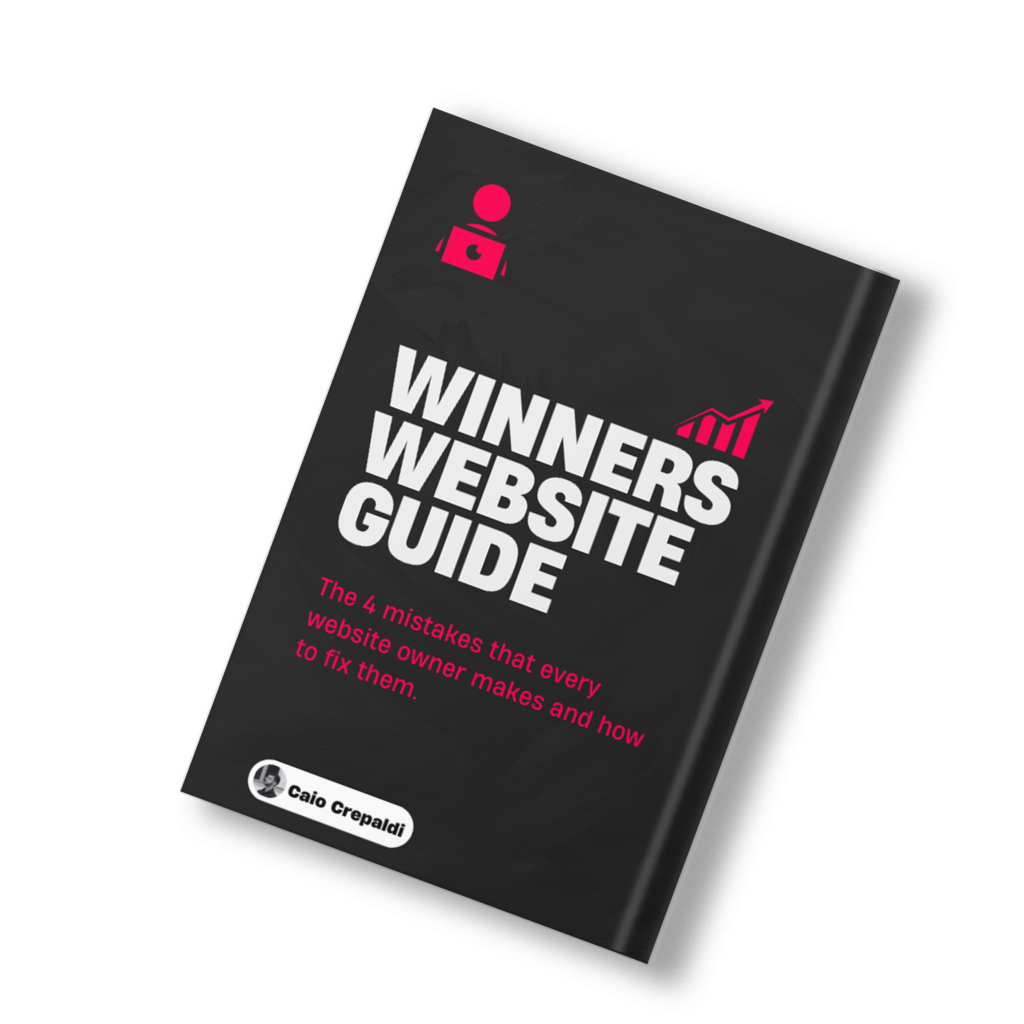Event Marketing Plan: A Step-by-Step Guide
Event marketing is an essential tool for businesses looking to boost brand awareness, engage with customers, and drive sales. A well-crafted event marketing plan can help you achieve your goals and make your event a success. Here is a step-by-step guide to creating an effective event marketing plan:
1. Set Clear Objectives
Before you start planning your event, it’s essential to clearly define your objectives. Are you looking to increase brand awareness, generate leads, or promote a new product? Setting specific and measurable goals will help you tailor your marketing strategies to achieve them.
2. Identify Your Target Audience
Understanding your target audience is crucial for creating targeted marketing messages that resonate with them. Define who your ideal attendees are based on demographics, interests, and behaviors. This will help you choose the right marketing channels and messaging to reach them effectively.
3. Choose the Right Marketing Channels
Decide which marketing channels will be most effective in reaching your target audience. This could include a mix of online channels such as social media, email marketing, and online advertising, as well as offline channels like print ads, direct mail, and PR.
4. Create Compelling Content
Develop engaging content that will attract your target audience and encourage them to attend your event. This could include blog posts, videos, social media posts, or email campaigns that highlight the value of attending your event and how it will benefit them.
5. Promote Your Event
Utilize your chosen marketing channels to promote your event effectively. Create a detailed marketing timeline outlining when and where you will promote your event across different channels. Be sure to track your promotional efforts to see what’s working and adjust your strategy accordingly.
6. Engage with Attendees
Engage with your attendees before, during, and after the event to build loyalty and drive repeat attendance. Encourage interaction on social media, provide opportunities for networking, and collect feedback to improve future events.
7. Measure Your Success
After the event, analyze your results against the objectives you set at the beginning. Measure key performance indicators such as attendance numbers, engagement levels, leads generated, and revenue generated. Use this data to evaluate the success of your event marketing plan and identify areas for improvement.
By following these steps and creating a comprehensive event marketing plan, you can maximize the impact of your event and achieve your business objectives. Remember to stay flexible and adaptable throughout the process to ensure your event marketing plan is effective and successful.




